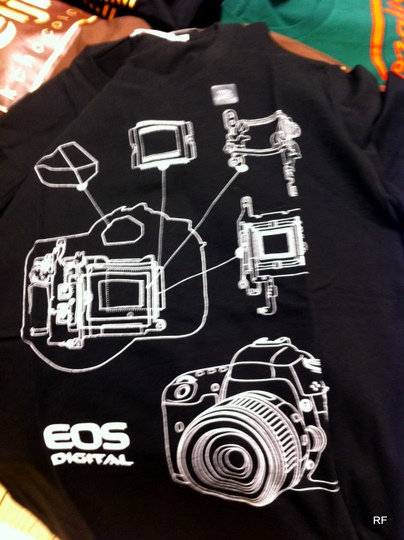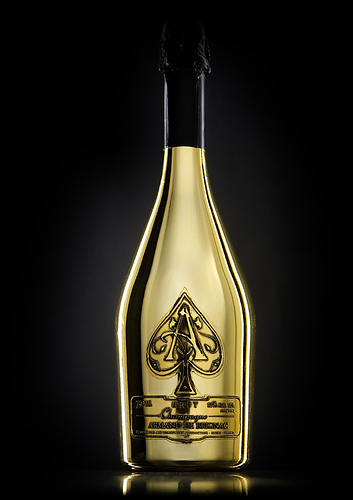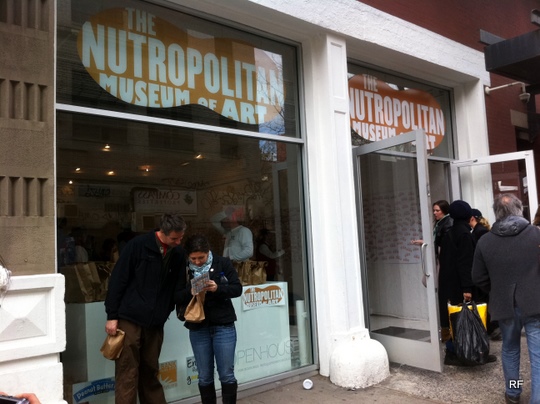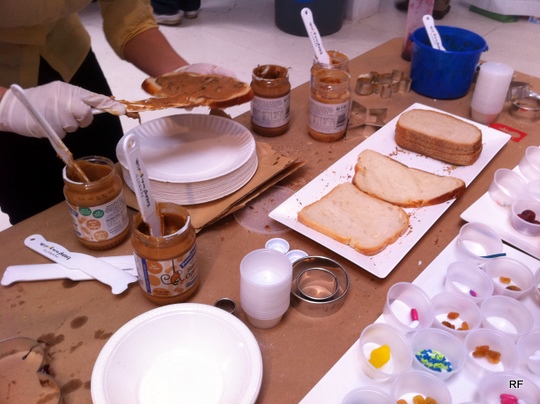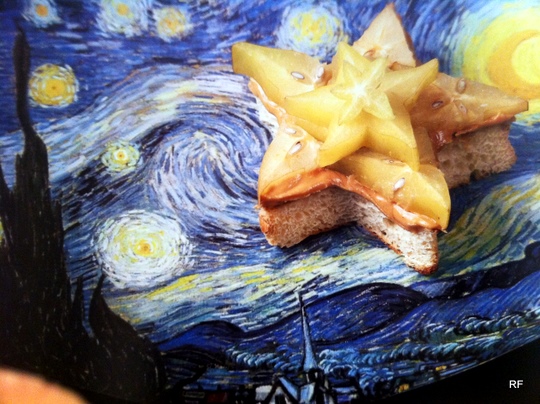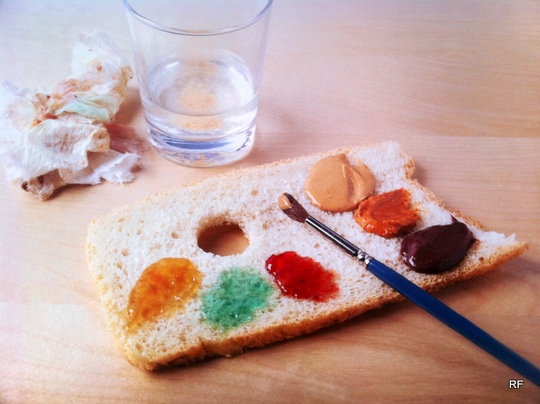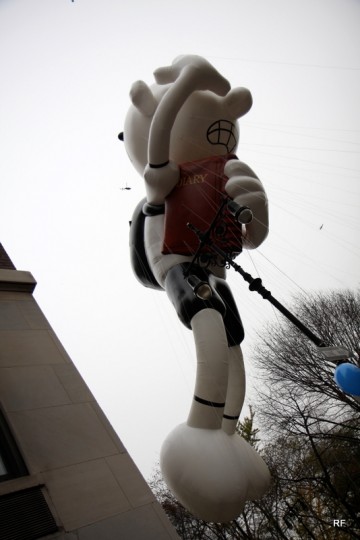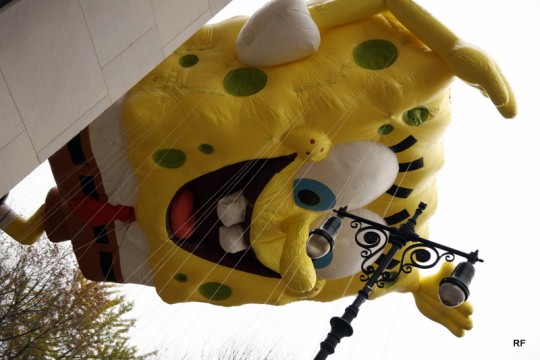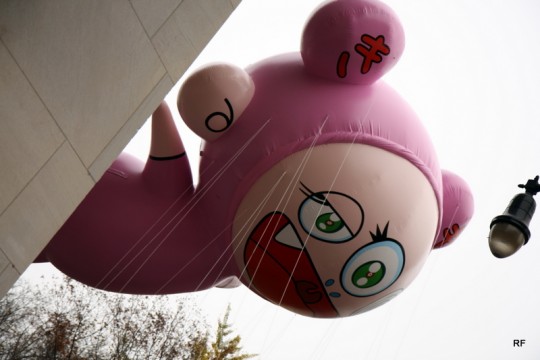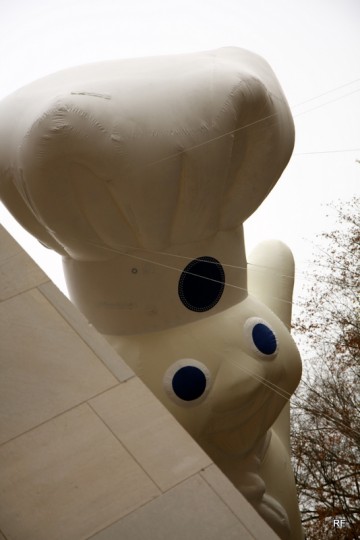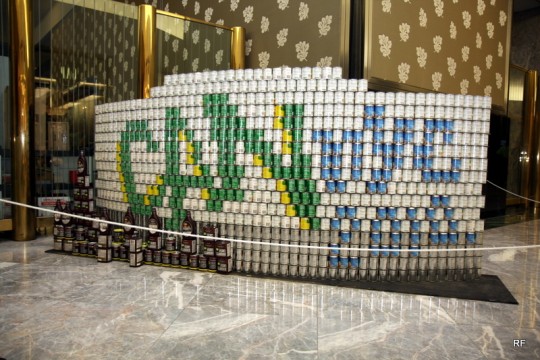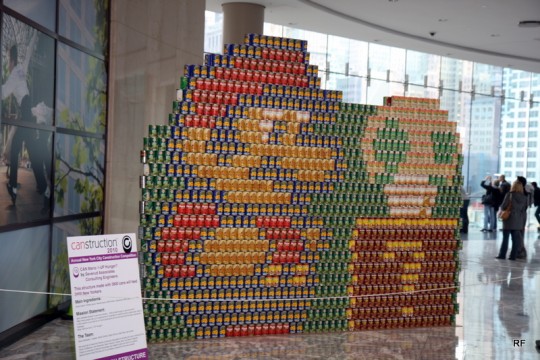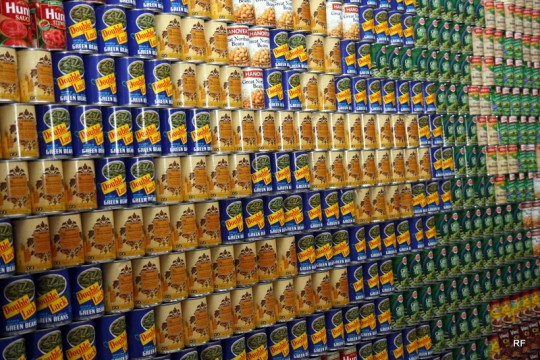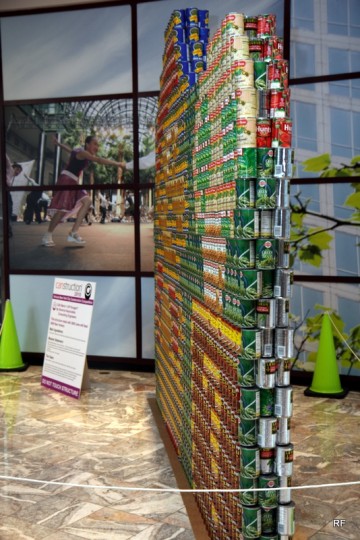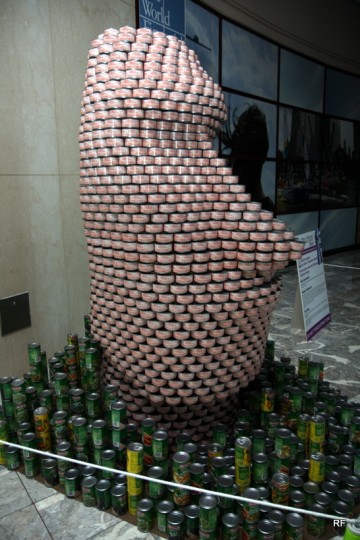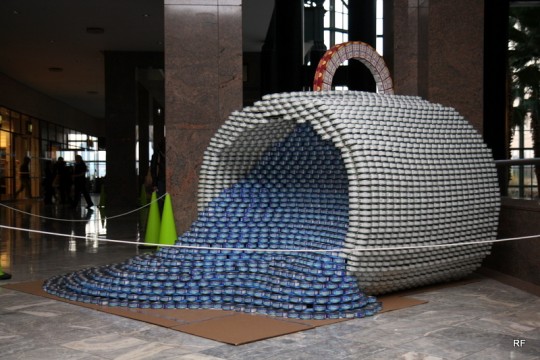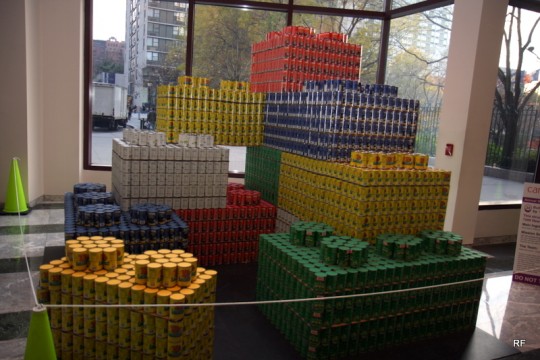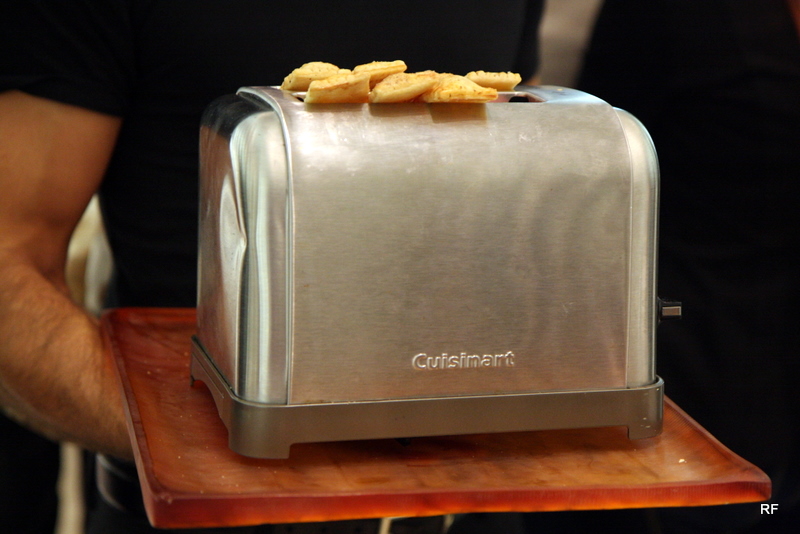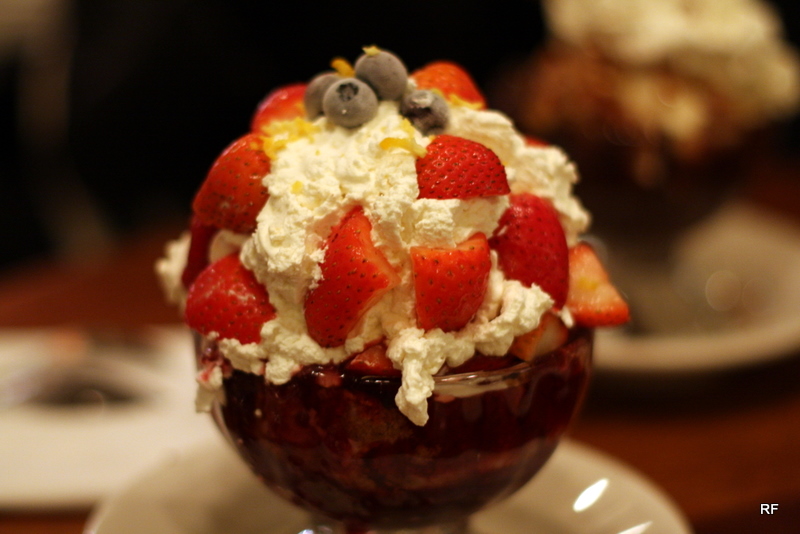
Violin
What follows is more rant about life than my usual techno babble.
Passionate People are Successful
There’s an idea that you should do what you’re truly passionate about to succeed in life. Sure, you can succeed doing something arbitrary like waste management, but no kid growing up has a passion for garbage disposal. People do have passions for careers like sports, art, and even mathematics. This is the career advice 101 repeated ad nauseum: do what you love for a living.
The (unanswerable) question is what causes people to be passionate about something. People can be passionate about a subject (such as chess, fishing, etc.) without being successful. For the sake of this post, let’s assume that passion and success go hand in hand.
Further, I’d like to explore possible causes of why people are successful at what they love. This is because I’d like to think that a person has some advantage over another person doing the same thing when they have more passion.
Why are people passionate about what they do? How did they get that way?
- Genetics
People are born with God given talent. These are the type of people that make it look easy without even trying. There’s certainly something to be said about the smart kid in your university who truly never studies and yet comes at the top of the class. This also applies to children who are great across several sports without training day in and out on a single sport.
I really do not know much about the Andretti story, but it helps to convey my message so I’ll use it as an example. Mario Andretti can be considered the Michael Jordan of racing. That is, his name is synonymous with excellence in racing. It’s possible that his sons and his grandson all have this gift of racing due to Mario Andretti’s natural racing abilities.
- Dedication
A person who devotes enough time to something will over time get better at it. With some level of ability and constant practice, a person can master their field. This applies to most fields, because practice leads to familiarity and improvement. Kottke talks about this as deliberate practice.
Michael Phelps won numerous Olympic Gold Medals and spends as much as 5 hours a day in the pool. Lance Armstrong won several Tour De Frances and may ride 6 hours a day training. Elite athletes despite being extraordinarily gifted still train hard since their job is to prepare for their competitions.
- Environment
When you are raised in the right environment, things come together in a fashion that in hindsight makes success inevitable. Having impeccable timing and being in the right location can create a genius. Think of Newton and the apple.
There is a great Steve Jobs interview (NSFW) describing how Jobs’ father taught him craftsmanship, Silicon Valley was the right place, and how he met Steve Woz. While everyone recognizes Steve Jobs as a genius (a point I’m not denying), his history is fascinating. Steve’s fourth grade teacher, Imogene Hill, turned him from a troublemaker into a person who found a passion in learning. Steve’s neighbor, Larry Lang, showed him how to work computers when he was 12. Steve even says in the interview that the Apple I was “for hobbyists” and neither he nor Woz “had any idea that this would go anywhere.”
A Mix of Factors
There are many reasons to be interested in what makes people passionate and successful in life. One self-serving reason is to be able to emulate success for yourself. Another possible reason is that society would be better off if we could isolate individuals and create more opportunities for them to become passionate and successful in their craft.
It’s likely that successful people are not successful from a single cause: genetics, dedication, or environment. There’s a confluence of these and other unidentified factors that lead to great people in history. In the case of Mario Andretti’s sons, was it due to the genes, hard work, or upbringing that led to success? Surely, there’s a self fulfilling prophecy somewhere when your father is Mario Andretti to become pressured into the next racing great. That’s not to say that the sons (Michael and Jeff) didn’t train hard to become successful. Also, Andretti’s sons have access to a more fertile racing environment (money, instructors, etc.) than most families.
Matchmaking
If I’m allowed to go out on yet another tangent in this rant, I’d like to talk about maximizing the possibility of people to have a passion for what they do in life. The sad, sobering reality is that most people live, by definition, ordinary lives. Most people don’t grow up to become astronauts, rockstars, or presidents. Instead people work at banks, supermarkets, etc.
I feel like the current US education system could do a lot better in terms of matchmaking. Perhaps this is a market opportunity for those who want to profit off the eager industry of parents paying to provide an advantage to their kids.
While I don’t have a concrete, tangible example to point to, my concept is that of an exposure testing system. The idea is that everyone is better at some things and worse at others. If someone has fast reaction times, they may look into being a race car driver or an air force pilot. If another kid has great memory, maybe history would better suit them. In this system, kids at a certain age would be exposed to an exhaustive battery of tests and then recommended to try certain tasks. When I say try certain tasks, I mean actually try a round of golf, play a musical instrument, etc.
The current education system exposes kids to a variety of concepts, but I’m envisioning a test that deliberately measures many traits and matchmakes kids to many, many concepts in an attempt to expose them to an obscure profession that they would have never heard of otherwise. I imagine kids currently have a very high miss rate when it comes to finding out what they have a passion for doing. What if Tiger Woods was never exposed to golf at age 2? If he was in any other family in America, he probably would not have picked up golf at 2. If a kid isn’t exposed to music, sports, etc. when young, they won’t be able to discover and learn their passion when they are most capable of learning.
I’d like to think kids who are exposed to something early on, develop a passion, and master their craft tend to be very successful. The good news is that a person doesn’t have to start something while 2 years old to become good and successful. A person can start something in their 20’s, 30’s, or later and still become great and successful. I would make the point that the kid who started extremely young will have a significant leg up on someone who starts something later in life (say at 25 years old).


